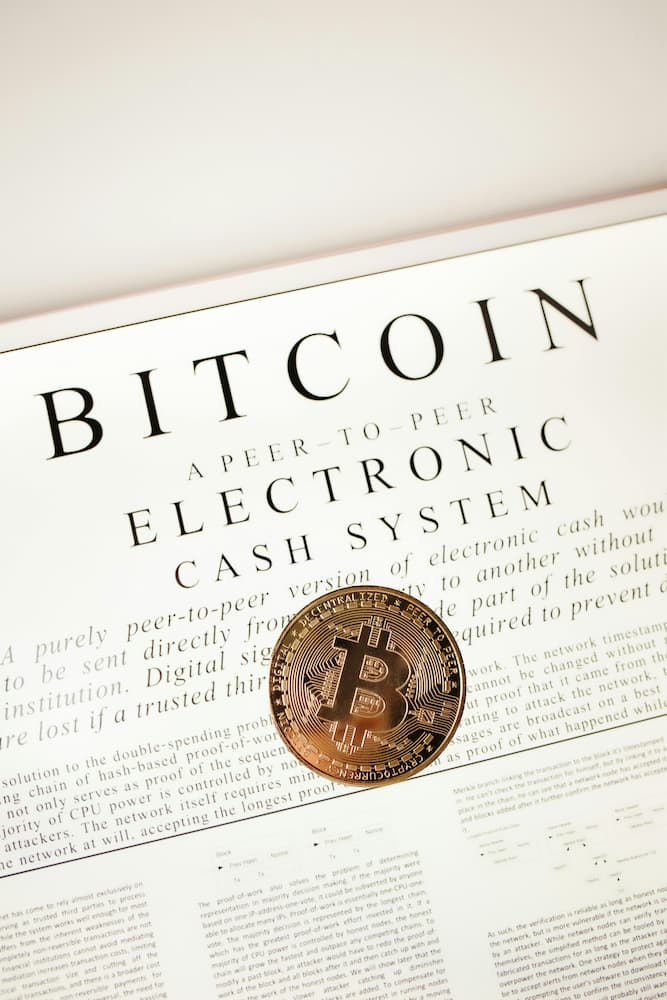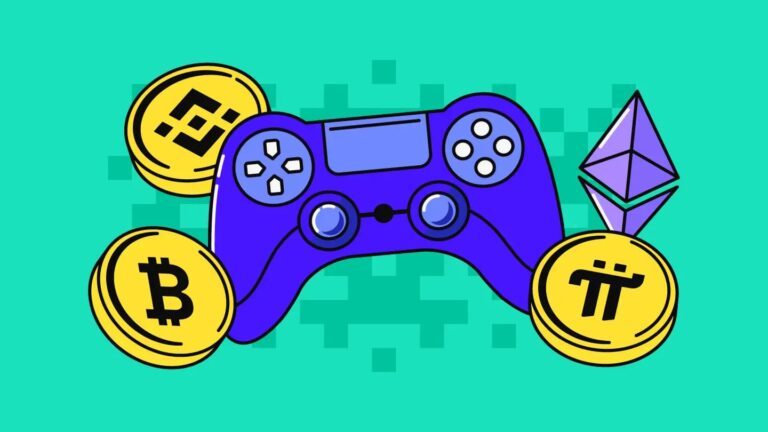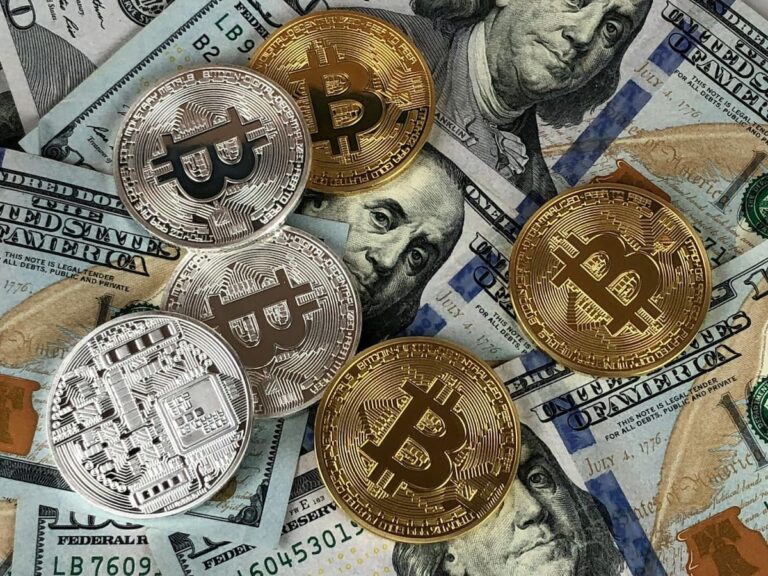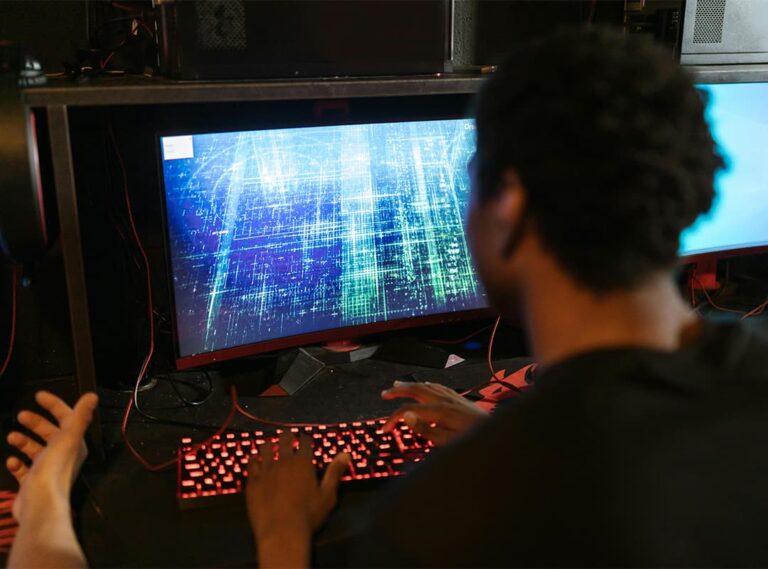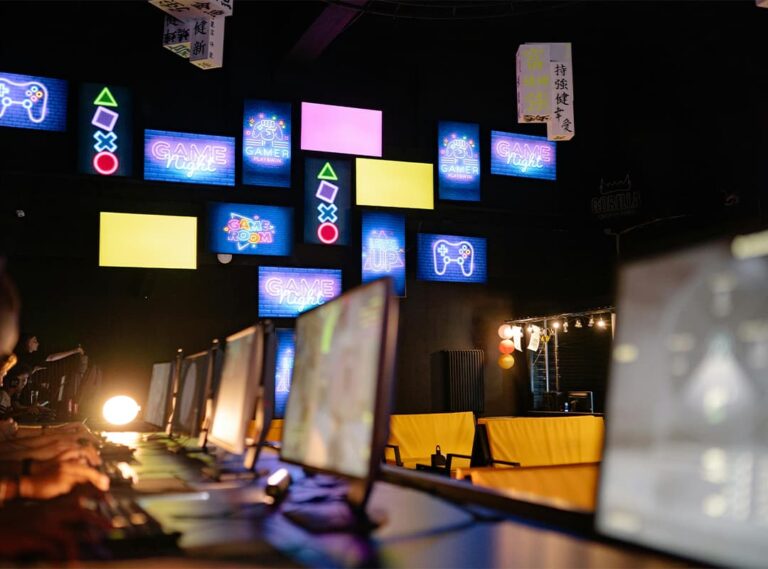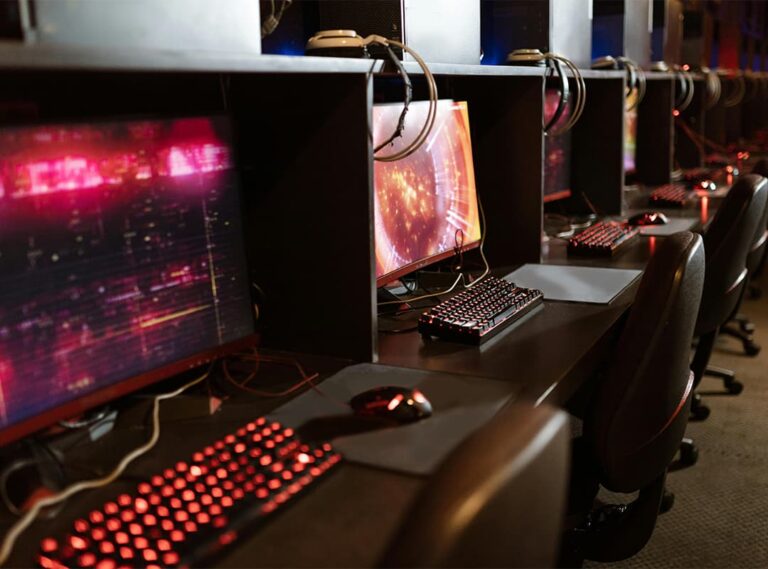For a long time, blockchain games have been synonymous with video games that use cryptocurrency. In 2013-14, the first online casinos and other projects accepting crypto began to appear. Launched in 2012 as the very first gambling game on the blockchain, Satoshi Dice encapsulated more than half of the Bitcoin network’s early transactions. The most popular and successful of the first PvP games was the Gambit website. Launched in late 2013, Gambit offered a variety of tabletop and gambling card games in which players competed and bet bitcoins. These games included a number of crypto spin-offs of classic games such as Monopoly, BattleShips, and Risk.
However, not all crypto games are blockchain games. A blockchain game is one in which some or all of the gameplay takes place directly on the blockchain. In other words, game inputs or actions in a blockchain game look like transactions broadcast by players to the network. In a “real” blockchain game, 100% of the game is stored on the blockchain.
It is difficult to pinpoint exactly what the very first case of cryptocurrency gaming represents. Discussions on Bitcointalk forums back in 2011 show that indie developers interested in Bitcoin have been active from the beginning. However, many of the ideas and games proposed were never realized, aside from discussion on the forums.
Blockchain and Minecraft. The infinitely modifiable sandbox game hosted specialized servers that enabled Bitcoin back in late 2012. Developers created open-source plugins that allowed in-game avatars to support Bitcoin wallets, and several independent server owners built customized servers based on this feature.
The first documented Bitcoin Minecraft server is MinecraftCC. Players received weekly payments in bitcoins for each action on the server. Administrators found creative ways to fund the payouts, such as through paid advertisements auctioned on Bitcointalk forums. By 2016, however, the program became unsustainable and bitcoin revenue was eliminated. The server is still active to this day, but the role of the cryptocurrency is still unclear. There are now many Minecraft-style games available. For example, the virtual world SANDBox with the game token SAND.
In 2014, crypto-enthusiasts created a Huntercoin experiment game. This experiment was designed for 1 year to see clearly how the blockchain could handle game worlds. The game was the first decentralized strategy MMO. The gameplay revolves around collecting coins on the map and PvP. Opensource cryptocurrency, similar to bitcoin, is displayed in users’ wallets. Many people liked this game, but it didn’t get much popularity due to the fact that in those days few, if any, people even knew about blockchain and cryptocurrencies.
On May 20, 2014, shortly after the launch of Huntercoin, Motocoin was launched with an innovative “proof-of-play” consensus mechanism. As with Huntercoin, users connected to the Motocoin game as nodes on the network. Unlike Huntercoin, the Motocoin gameplay itself was a consensus and block minting mechanism.
The breakthrough came a few years later when such games introduced NFT tokens, interchangeable assets that launched a succession of collectibles games. The interchangeability of blockchain data and the transparency of smart contracts allow game developers to better guarantee ownership of virtual assets, enable asset reuse, and encourage user-generated content.
In 2017, the CryptoKitties game on Ethereum appeared. It was based on the concept of collecting unique ERC-721 kitties tokens. Players have only two choices – breed kittens or trade them. “Cryptocotics” became a real sensation despite the limited gameplay. The hype lasted for quite some time and some of the creatures were sold for over $100,000 USD. CryptoKitties was the first blockchain game in the history of blockchain gaming that allowed players to own knowingly scarce items. Users appreciated the opportunity to play and profit. In fact, the game became so popular that it caused problems on the Ethereum network.
Best of all, CryptoKitties is now part of the larger “KittyVerse,” a collection of more than two dozen DApps created by independent developers who use ERC-721 kittens as resources for these individual games.
The CryptoKitties story was the starting point for the development of games on the blockchain. Players were able to truly gain ownership of their characters, clothing, weapons, and other game paraphernalia forever.
One might question the real value of these games. After all, the whole idea revolves around collecting items and reselling them at a higher price. But as primitive as these games may seem, they have laid the groundwork for more interesting uses of blockchain technology.


